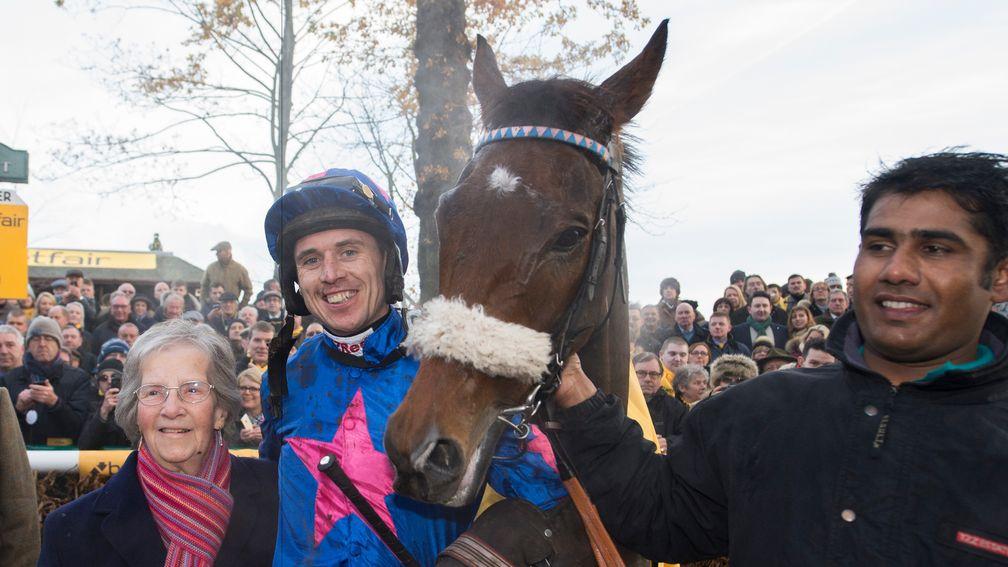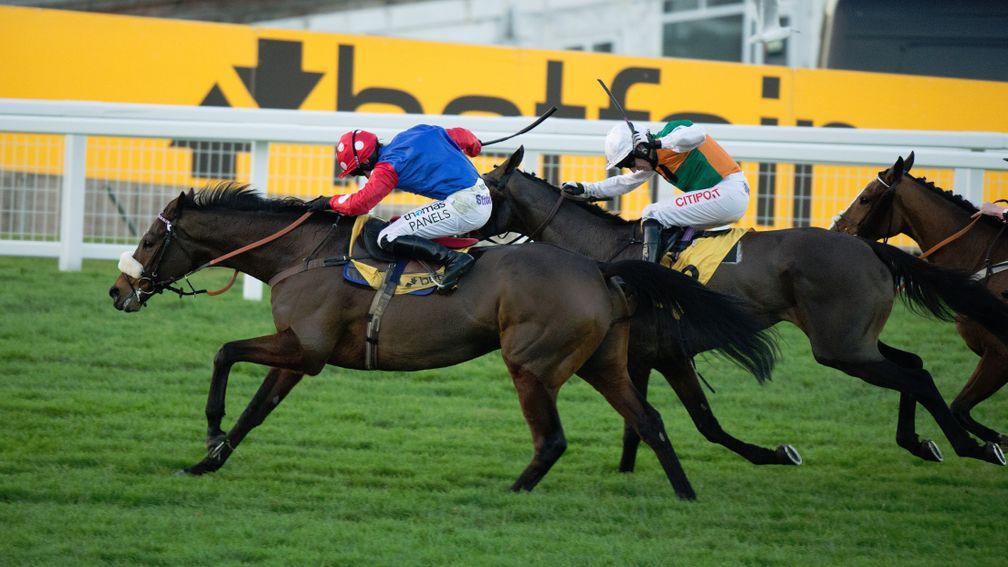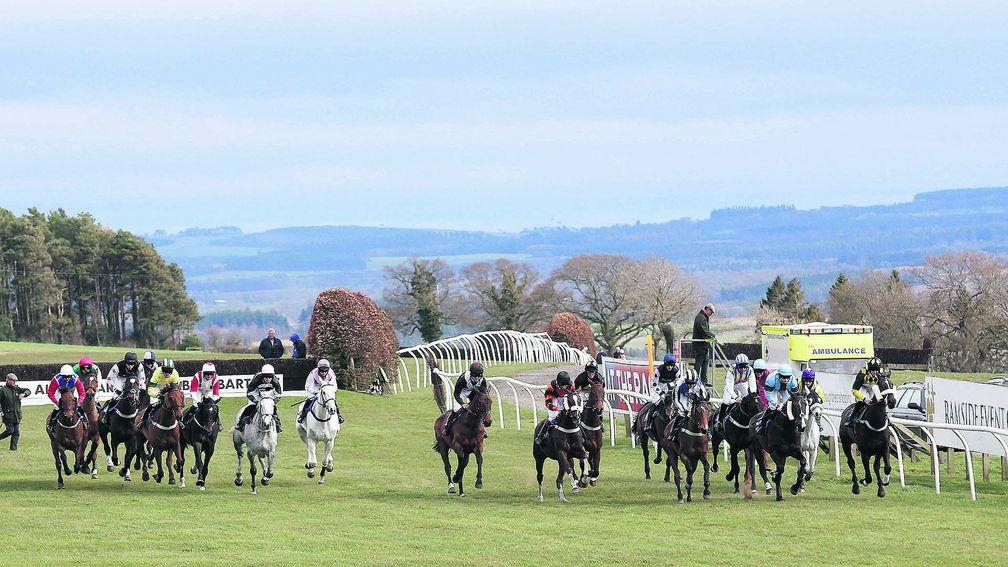From peers to pits, Haydock benefits from relocated races
Ahead of the Lincoln, ten things you might not know about misleading race titles

1 The Lancashire Chase, known since its reincarnation as the Betfair Chase, has not been held in Lancashire since 1963. In those days it was held at Manchester racecourse, then still situated in Lancashire. Manchester also held the Lancashire Oaks, also switched to Merseyside with there being no extant racecourse in Lancashire, and the November Handicap, which like the Lincoln found its home at Doncaster. The November Handicap at least retains an accurate name, unlike its Irish equivalent which has not been held in November since 2013 and is scheduled for October 28 this year.
2 Haydock is arguably the biggest winner from relocated races. It also took the Rendlesham Hurdle from Kempton, where Lord Rendlesham had been a major local player at the time the race was inaugurated in 1903, and the Rossington Main Novices' Hurdle from Doncaster, which shares its name with a mine less than five miles from Town Moor. That race is currently run as the Sky Bet Supreme Trial, which is itself starting to look contentious since its last two winners have both been placed in the Neptune.
3 There is often criticism about how closely regional 'Nationals' ape their Aintree ancestor, but some of them do not even pass muster geographically. Two of the newest additions to the roster stretch the definition: the London National takes place in Surrey, albeit within the M25, while the Edinburgh National is in East Lothian. Musselburgh, even though it was officially known as Edinburgh racecourse until the 1990s, has never been a part of Edinburgh and was actually a royal burgh before the Scottish capital.
The biggest stretch, however, is afforded to Perth's Highlands National. How inaccurate the name is depends on your definition: Perth is 15 miles from the Highland boundary fault, the traditional frontier of the Highlands, but in administrative terms you would have to travel 60 miles north west from the grounds of Scone Palace before you reached the Highlands.

4 Arkle never ran in the Arkle. That is hardly unique – Kauto Star did not run in the Feltham, for instance – but there was actually a more suitable race to carry Arkle's name. He won the Broadway Chase, now the RSA, in 1963, but by the time Arkle came to be honoured in 1969 that race carried a sponsor title, so the Cheltenham executive renamed the two-mile Cotswold Chase instead.
5 The Group 2 Dahlia Stakes on the 1,000 Guineas card is named after one of the greatest fillies in racing history – but she never even ran at Newmarket. She won at Ascot (two King Georges) and York, but Newmarket never featured on her schedule in a 48-race career. By contrast, the Dahlia Stakes at Laurel Park is run at the course where she won the Washington DC International in 1973.
6 The Man o' War Stakes, held on the turf at Belmont Park, goes one further. The great Man o' War, winner of the Preakness, Belmont and 18 other races in a 21-race career, never ran on turf.
7 It could be argued that any major race in the US carrying the 'handicap' handle is misnamed. A lack of central handicapping in North America means that courses set their own weights, and in the clamour to attract the best horses what often ensues more closely resembles a Dutch auction.
8 Hexham's Heart Of All England Maiden Hunters' Chase is actually well named. It derives from James IV of Scotland's invasion of England in 1513, in solidarity with the French. He decided he had gone far enough and declared Hexham, just west of Newcastle, to be "the heart of all England". Whether a maiden hunter chase commands the most grandiose title of any race held at Hexham is another matter, but it does have the same quirky charm as James's iffy nomenclature.

9 The Champion Hurdle used to be a handicap – sort of. Before the race we now know was launched in 1927, several short-lived races with a similar aim had been run, including the Champion Hurdle Handicap at Kempton in the 1890s. Hurdling was very much a second-class citizen in jump racing at the time, so a true championship race would not have attracted much of a field.
10 There are dozens of derivatives from the Derby all over the world. Most agree in terms of trip (all major examples are between 2,000m and 2,500m), but not all are the three-year-old championships like the original. The Derbies of Hong Kong, Singapore and India are four-year-old races, while in Bangalore their Derby – run in downtown Bangalore, just yards from the main railway station – is contested by horses aged four and up.
Published on 22 July 2017inFeatures
Last updated 07:44, 22 July 2017
- Government says it is working 'at pace' to have white paper measures in force by the summer
- 'The only thing you can do is lie fallow and regroup' - Meades to return with scaled-back operation following blank period
- The Gambling Commission has launched its new corporate strategy - but what are the key points?
- 'It was tragic it happened to Paddy but it was a good thing for the jockeys who followed - good came out of bad'
- Acquisitions, exits and retail resilience - what we learned from Flutter and 888's results
- Government says it is working 'at pace' to have white paper measures in force by the summer
- 'The only thing you can do is lie fallow and regroup' - Meades to return with scaled-back operation following blank period
- The Gambling Commission has launched its new corporate strategy - but what are the key points?
- 'It was tragic it happened to Paddy but it was a good thing for the jockeys who followed - good came out of bad'
- Acquisitions, exits and retail resilience - what we learned from Flutter and 888's results